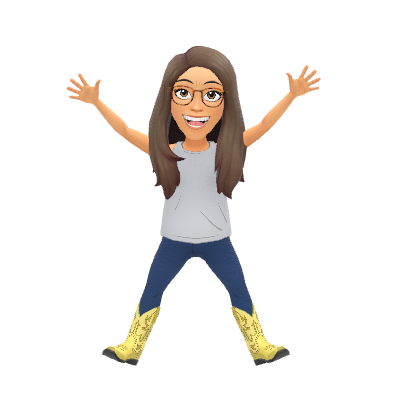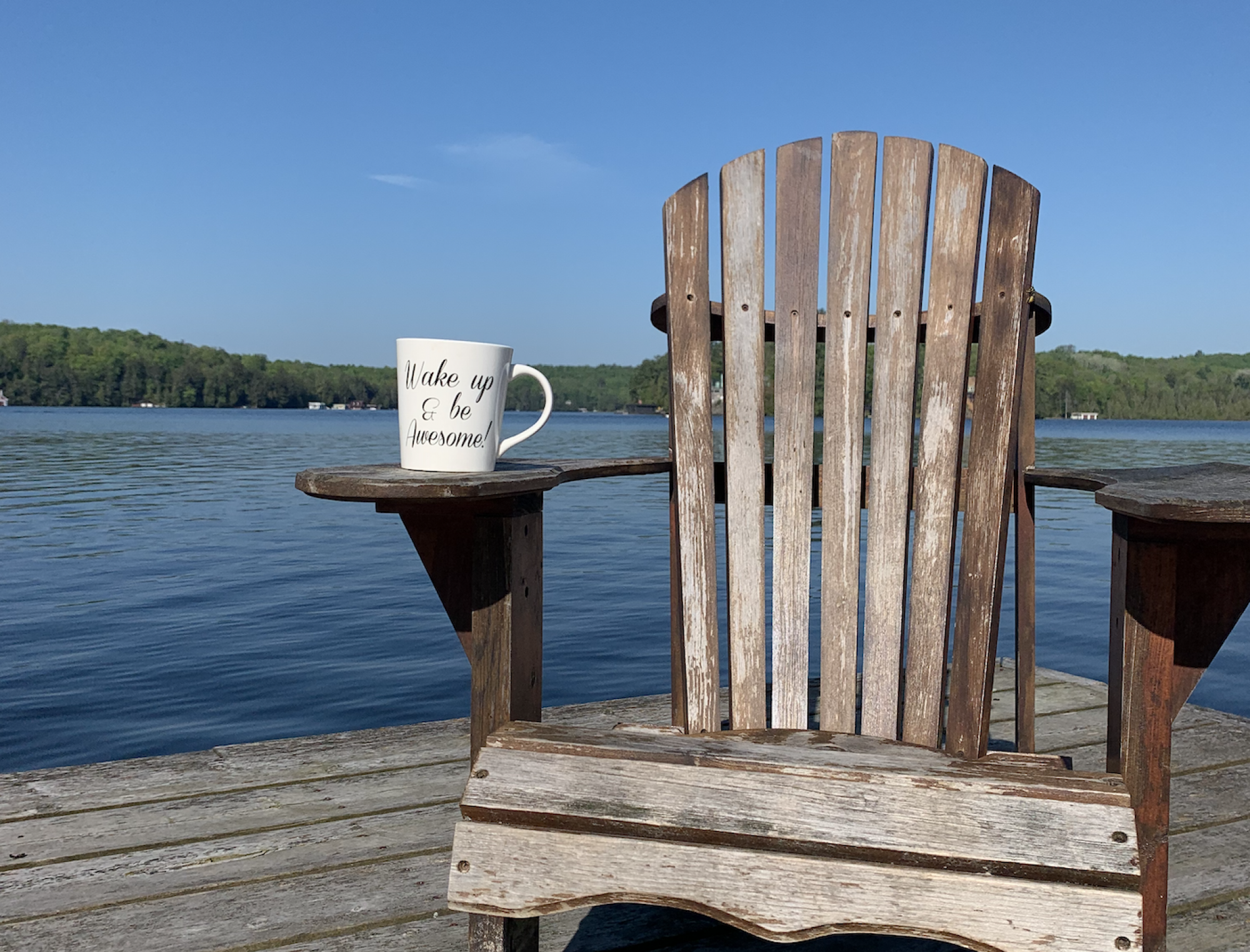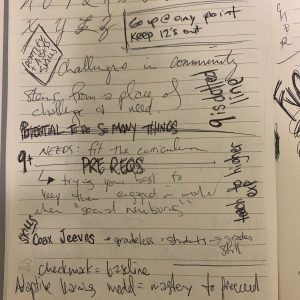HMW incorporate vertical integration into our schedule to promote student engagement and enhance teaching practice?
I hoped to experiment with the vertical integration concept in December by having my grade 10 English class join forces with the grade 12 World Issues class on a mini-unit around the concept of agency. While we ended up downscaling from a mini-unit to a single lesson, we were able to have a meaningful discussion in which most of the students from both classes participated. I don’t feel as though this was a large enough experiment to have provided much new insight to inform my action plan, but it is fair to say anecdotally that the grade 10’s rose to the challenge of having meaningful discussion with senior students, and that both groups were able to broaden their views of agency, as it related to their respective classes, based on input from their peers.
While I was a bit disappointed that the mini-unit plan couldn’t work this semester, I also know that I really don’t need to be. What’s the hurry? There is lots of time to work on this plan. In fact, there is a way to gain some insight into my action plan coming down the pipe that I am *SUPER EXCITED* about!
For the second semester, we are working towards the development of an integrated program for our grade nines. Now, their courses are still all individually blocked in our semester two schedule, but we are planning to double or triple or quadruple up regularly, and will be framing all of our courses with the same Big Questions. We’re calling our integrated course group GEODES (for GEography, OutDoor ed, English, and Science—credit to @gvogt‘s wife Tia for the acronym!) Did I mention that I am *STOKED* for this?
As is characteristic of geodes, there’s more to this than meets the eye. There’s a twinkling, gemmy, beautiful surprise inside.
That surprise is this: beyond incorporating cross-subject integration GEODES will also provide an opportunity to think creatively and adaptably about scheduling, and welcome in other class groups, thus offering more regular—and possibly longer-term—chances for mixed-grade learning. This is not just a fun project that is pedagogically sound; it is also a chance to experience on a smaller scale some of the scheduling and curriculum pieces that will be key to addressing my HMW. 






